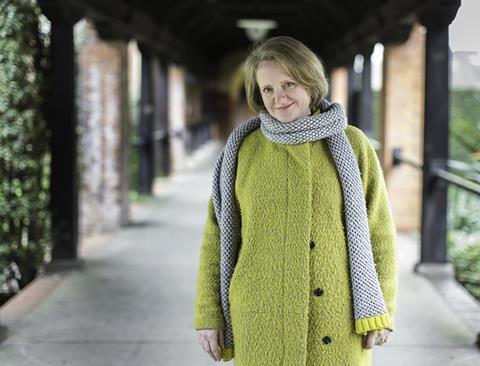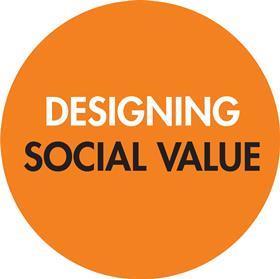Building Design’s social value columnist Flora Samuel examines the story of one estate

The developer Chris Brown of Igloo recently wrote that the holistic value of building quality communities is of huge importance – yet it is surprisingly under-researched given the £50bn or so invested in it every year in the UK.

One of the reasons for pushing social value has to be the chance to improve the quality of housing. This is certainly the mission of the “design value” workstream at the UK Collaborative Centre for Housing Evidence (Cache) which I lead, working with colleagues from the RTPI and Glasgow University together with a remarkable group of industry advisors.
We loosely define design value as the amalgam of social, environmental and economic value (people, planet and profit). Our most recent project includes a study of design value in extremely average housing estates across the UK (Northern Ireland, Scotland, Wales, northern England and south Oxfordshire but not London).
Unsurprisingly the average estate is pretty much always one built by volume housebuilders (Persimmon in particular has been in the news, and not in a good way).
Trying to find the people responsible for overseeing the production of such developments would tax a private detective. They have by and large moved on. But I did manage to visit one council planning department to hear their views on a large phased development under their jurisdiction and to find out what happened to the design value there.
I went to look at the estate before I went to the council offices and must admit to being seduced by the aspirational whiteness and floral comfort of the show home interior. I had to put my mind to being critical of the ugly plastic eaves, poorly designed parking, lack of public transportation and large areas of tarmac, which were redeemed considerably by a sloping site.
It was interesting to see how higher-quality “executive homes” by one builder were interspersed with lower-quality smaller homes by another, in order to improve the overall effect.
That the council planners had really tried to deliver good-quality placemaking was evident from the design codes that had been carefully set up to guide the development. Originally the house builders had agreed to build enclaves of higher-quality homes but they made a request to the planners to be allowed to cut back to mixed streets of their standard house types because they said the value of the development had gone down since it was first conceived.
Incredibly, the standard garage provided in an average house type could not accommodate modern cars, meaning that more space for cars was needed (one per bedroom, with tussles over whether a tiny child bedroom counts).
In the end car parking squeezed out pretty much all aspirations to placemaking. It wasn’t economically viable for a transport company to serve the estate either.
At the same time the long-term upkeep of any shared garden space or trees is considered problematic and was therefore avoided.
Finally, the section 106 agreement required the housebuilder to sell land to a registered social landlord (RSL) for affordable homes. But they set the price so high (based on the value uplift caused by the development itself) that the RSL couldn’t afford the land so there was no affordable housing.
Fearing the housebuilder would walk away from the estate before it was finished, the council was unable to force it to deliver real long-term design value for the area.
Clearly council planning offices, pared back to the bone, are toothless in the face of private-sector cunning.
Social value must be measured and monitored to ensure it is delivered.
















No comments yet